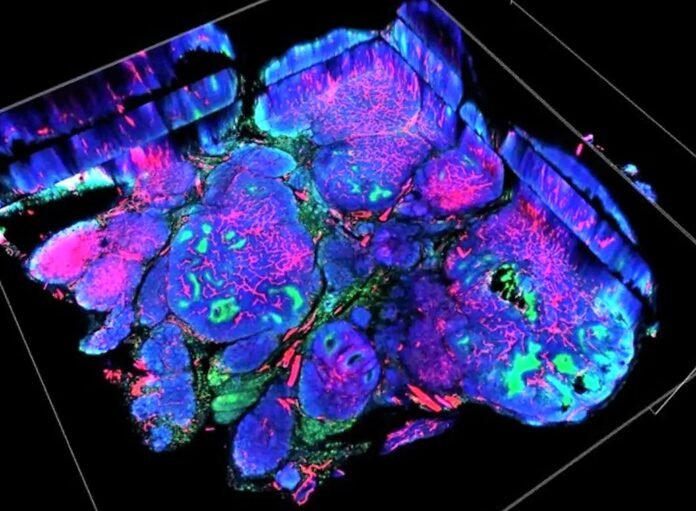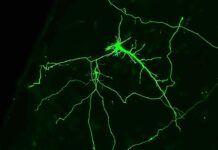Mouse Tumors Succumb to Self-Charging Battery Innovation
At Fudan University in Shanghai, a groundbreaking battery has emerged from the lab, one that harvests its energy from saline solutions and, in the process, depletes tumors of life-sustaining oxygen. The implications for cancer treatment could be monumental. Delving into the pages of Science Advances, one learns that when the battery is combined with existing cancer drugs, mouse tumors have seen a staggering 90% reduction in size. The day may come when localized cancer treatments are forever transformed.
A Struggle for Oxygen: The Hypoxic Nature of Tumors
As malignant masses grow, their demand for blood supply often outstrips the capacity of the vessels feeding them. Consequently, areas within the tumor experience oxygen deprivation or hypoxia. The twist? Hypoxia may inadvertently offer tumors a helping hand by prompting mutations that render cells resistant to cancer therapies. Researchers have tried to exploit this trait by developing hypoxia-activated prodrugs (HAPs). Alas, tumors’ inconsistent and inadequate hypoxia levels have stymied these attempts.
Disrupting the Status Quo: A Novel Approach
The battery in question is no ordinary one. Envision a minuscule, flat disk adorned with a zinc coating on one side and polyimide on the other. Placed in saline, it begins to charge, initiating a redox reaction that consumes oxygen. To evaluate its potential, scientists implanted mice with tumor-forming cells, then placed batteries around some of the rodents’ tumors. Subsequently, a subset of these mice received tirapazamine, a cancer drug. Two weeks post-implantation, the scientists observed that the battery alone had reduced tumors by 26%. Strikingly, when the battery and tirapazamine were combined, the average tumor volume plummeted by 90% when compared to controls.
Obstacles and the Road Ahead
Admittedly, human tumors dwarf those in mice, and the researchers concede that more potent batteries may be needed. Nevertheless, they envision a future where batteries provide “highly targeted, more effective, and creative strategies against tumors.” Despite the novelty of this approach, the issue of tumor size persists; the battery might only draw oxygen from its immediate surroundings. How this innovation would fare in a clinical setting remains uncertain.
Renowned Oncologist Weighs In
Respected oncologist and emeritus professor Martin Brown acknowledged the ingenuity of the approach but expressed skepticism regarding the battery’s ability to induce hypoxia throughout larger tumors. He questioned whether the extent of oxygen depletion from the battery’s surface would be sufficient and whether the technique could be readily adapted for clinical use.
Final Thoughts
Ultimately, the self-charging battery that starves tumors of oxygen offers a tantalizing prospect for enhancing localized cancer treatments. While the study’s findings are undoubtedly promising, more extensive research and clinical trials must be undertaken to ascertain the battery’s efficacy for human applications. Should this innovative method prove successful, it could herald a new era of targeted and potent tumor-fighting strategies.
Google News | Telegram
















